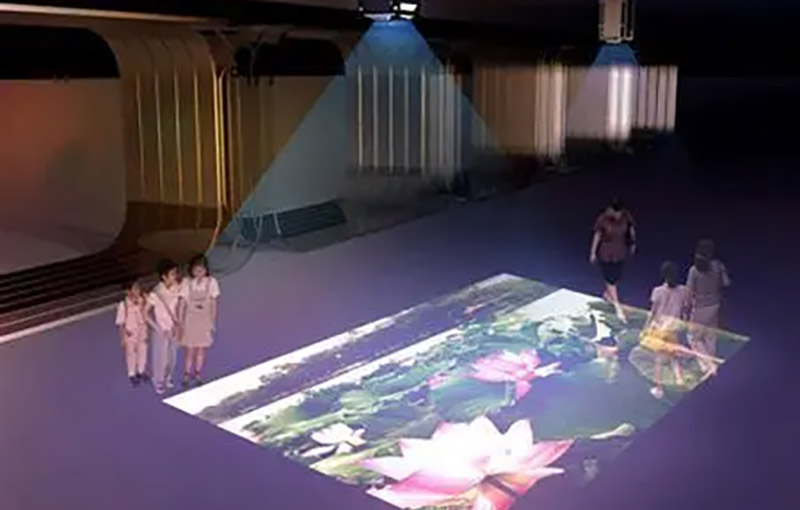LiDAR (Light Detection and Ranging) technology, traditionally used in surveying and environmental monitoring, is now making waves in multimedia interaction. By providing high-resolution 3D mapping, LiDAR enhances user experiences across various multimedia platforms, from augmented reality (AR) to interactive gaming.

Understanding LiDAR Technology
LiDAR operates by emitting laser pulses and measuring the time it takes for the reflected light to return. This data allows for the creation of detailed 3D maps of environments and objects. Unlike traditional cameras, which capture 2D images, LiDAR provides depth information, enabling more accurate spatial understanding.
LiDAR in Augmented Reality
In AR, LiDAR significantly improves spatial awareness. Devices equipped with LiDAR, such as the latest iPad Pro and iPhone models, can scan and map environments in real-time. This capability allows AR applications to place virtual objects with precision, interact seamlessly with real-world surfaces, and provide a more immersive experience. For instance, furniture apps use LiDAR to place virtual furniture in a user’s living space, ensuring that objects appear in correct sizes and orientations.
Virtual Reality and LiDAR
In VR, LiDAR contributes to creating realistic virtual environments. High-fidelity 3D models generated from LiDAR scans can be integrated into VR worlds, offering users a lifelike experience. The accurate spatial data helps in simulating real-world physics and interactions, making VR environments more engaging and believable.
Interactive Gaming with LiDAR
Gaming is another field benefiting from LiDAR technology. By using LiDAR data, game developers can create dynamic and responsive environments that react to players’ actions. For example, LiDAR can be used to generate detailed 3D models of real-world landscapes, which can be integrated into games for a more immersive experience. Additionally, LiDAR can enhance gesture-based controls, making interactions more intuitive.
Challenges and Future Directions
Despite its advantages, integrating LiDAR into multimedia applications comes with challenges. These include processing large amounts of data in real-time and ensuring compatibility with existing systems. However, as technology advances, these challenges are likely to be addressed, paving the way for even more innovative applications.
Conclusion
LiDAR is transforming multimedia interaction by providing precise spatial data that enhances AR, VR, and gaming experiences. As technology evolves, its applications in multimedia are expected to expand, offering even more immersive and interactive experiences.


